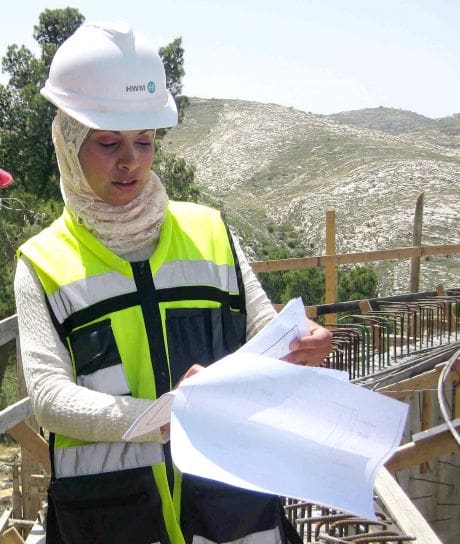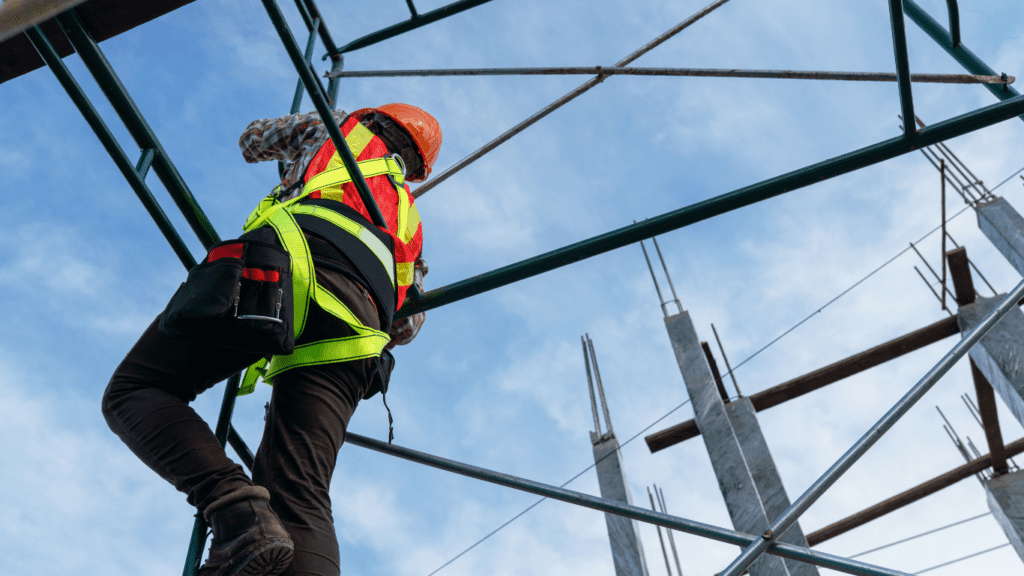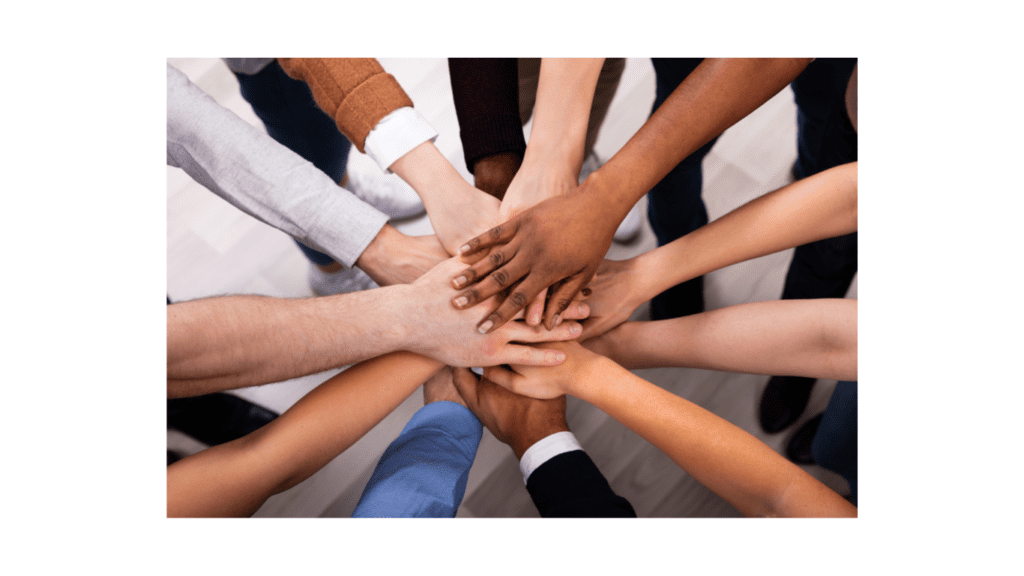How to empower field teams to become more diverse
All research shows that diversity in the workplace is a key to success, productivity and progress.
This is true for Field Engineering and is being discussed more and more. This article focuses on how to empower field teams to become more diverse.
Organisations want a truly inclusive team of field engineers so that they can be world leading and a great place to work.
What are the seven ways Field Engineering teams can keep becoming more diverse?

Diversity and a more inclusive culture
What is diversity and what does an inclusive culture look like?
A diverse and inclusive culture should be one which does not discriminate based on:
Age
Disability
Ethnic origin
Gender
Ideology or Religion
Sexual identity


Ways to become more diverse
How can Field Engineering keep moving towards this?
Seven ways:
New talent Improve the diversity of the pipeline of new engineers.
Training Invest in additional training and courses for some people to make sure everyone has the support and opportunity to have a career as a field engineer. Not everyone learns to drive as a teenager. Training offered cannot be the same in each country as this will not result in an overall diverse workforce.
Leadership Keep a style of management and leadership which is completely inclusive.
Global Maintain a global perspective – think global and act local.
Clothing Make sure personal protective equipment is available in the right sizes so that everyone feels comfortable. If none of the boots fit, an engineer won’t feel welcome.


Equipment Invest in additional equipment so that physical strength is not so vital to do a good job
Security Safety and security varies from country to country, location to location but also varies based on age, disability, ethnic origin, gender, ideology or religion and sexual identity. Take the extra time to make sure everyone is equally safe. However:
in order to keep all engineers equally safe and treat them fairly in certain circumstances
in order to comply with local laws or a risky situation
It can mean that the choice of who to send out in the field may mean the need to prefer a male engineer over a female engineer, or someone of a certain religion.


Looking to 2023 and beyond, if organisations hire only experienced engineers they will perpetuate the existing lack of diversity, and this will result in an ageing mono-cultural workforce.
What are your thoughts, stories and experiences?


Responses